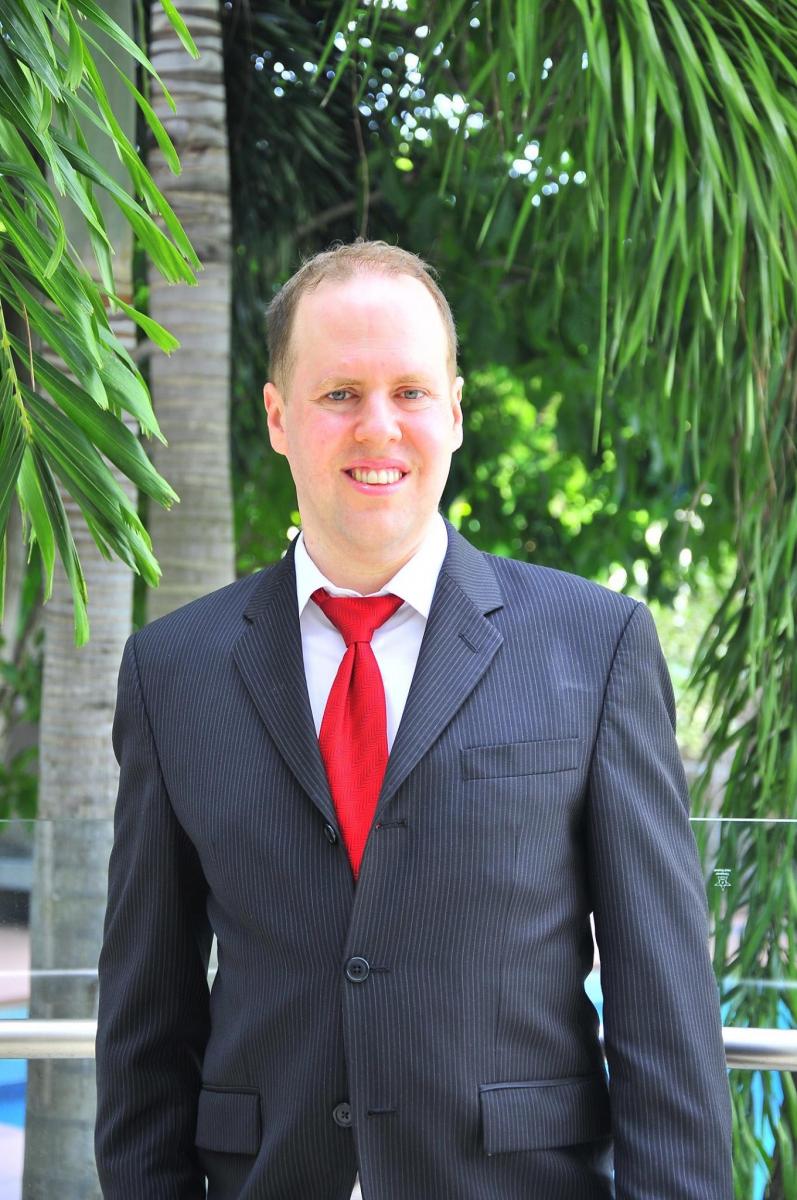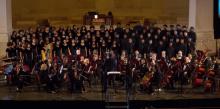News
Story by Jaymie Pottinger
One of the major milestones of the 2018–19 school year came out of the Music Department with the long-awaited PFA live recording. The last time the PFA choir had a live recording was in 2008, under the leadership of Jason Ferdinand.
After the students completed the planning and fundraising, scores of alumni, parents and community members traveled to Girard College (Pa.) to witness a concert and live recording, under the leadership of Jarrett Roseborough.
Vivian Washington, a proud graduate of the Class of 1979, shares, “I could not afford to miss this live recording. The choir produces such a rich sound, and Pine Forge Academy means a lot to me.”
Historia de Sarah Capeles Frodelly
Al crecer, siempre creí que mis padres me abandonaron, especialmente mi madre. La mayor de cuatro, a la edad de tres años y medio, mi padre me llevó a la casa de mis abuelos “solo por el día”. La tarde vino y se fue, y la noche llegó. Le pregunté a mi abuela cuando mi papá vendría por mí. Me acostó tranquilamente y me dijo que volvería a buscarme por la mañana.
Muchas mañanas también vinieron y se fueron, y mi padre nunca regreso por mí. Pero la persona a quien más yo extrañaba era mi madre. ¿Ella se olvidó de mí? ¡Oh, cómo lloré por las noches por ella! No sabía que mis padres se divorciaron. Como resultado, me llevaron a la casa de mis abuelos, no solo separándome de ambos, sino también de mis hermanos.
Story by Sarah Capeles Frodelly
Growing up, I always believed that my parents had abandoned me, especially my mother. The oldest of four, and at the age of three-and-a-half, my father took me to my grandparents’ house “just for the day.” The afternoon came and went, then evening came. I asked my grandmother when my dad was coming to pick me up. She calmly put me to bed and said he would be back in the morning.
Many mornings came and went, and my father never returned for me. But the person I missed the most was my mother. Did she forget me too? Oh, how I cried at night for her! At the time, I didn’t realize that my parents had divorced. As a result, I was placed in my grandparents’ home, not only separating me from both my parents, but from my siblings as well.
 Story by Tompaul Wheeler
Story by Tompaul Wheeler
“I would just caution about the whole transparency thing,” says Thomas Luttrell, who teaches psychology and counseling at Washington Adventist University in Takoma Park, Md. “I do think that tends to be a western value, not shared globally just yet. I’ve been on many online discussion groups where transparency is not always encouraged or people are quickly judged, or [some group members] don’t quite understand the purpose of someone being transparent. Someone who comes from a less transparent culture might be shocked or scandalized by someone opening up about themselves.”
Story by Jaymie Pottinger
After a yearlong search, the Allegheny East Conference Pine Forge Academy (PFA) Board of Trustees is pleased to announce the newly appointed principal for the 2019–20 school year, H. Clifford Reynolds, III.
Serving as the 22nd principal of the boarding academy, Reynolds will be joining the PFA community with his wife, Charlyce, and two children, Carissa and Hayden, from Ohio.
Story by Elizabeth Long
Homefull, an organization that provides services to the homeless, celebrated the grand opening of a fresh produce farm stand in Grandview Medical Center’s lobby on July 2. Grandview, part of the Kettering Adventist Health Network, is located in Dayton, Ohio.
“Homefull is excited to expand our produce farm stand to Grandview Medical Center because this will help people living in food deserts access affordable, fresh produce,” says Tina Patterson, Homefull CEO. “Our farm stands also help provide training and jobs to our persons served. Purchases will support our programs, ultimately addressing our goals of increasing and improving housing, food and jobs.”
Story by Washington Adventist University Staff
A year ago Charles Shyab approached President Weymouth Spence with an idea; he wanted to recognize others like himself: Veteran alumni of Washington Adventist University, formerly known as Columbia Union College (CUC), and Washington Missionary College (WMC) with a special commemorative piece on campus. During the 2018 Alumni and Parents Weekend, he helped to kick off what would serve as a campaign to raise awareness and funds for a Veterans Memorial Bench.










